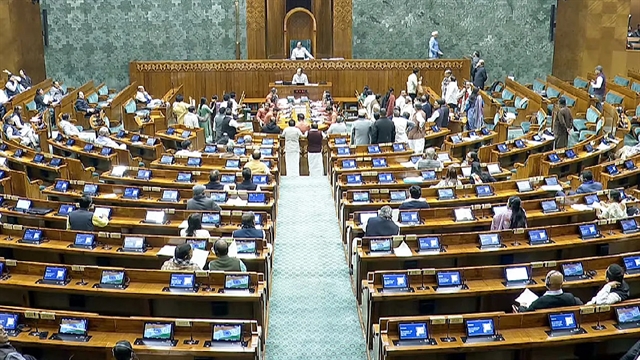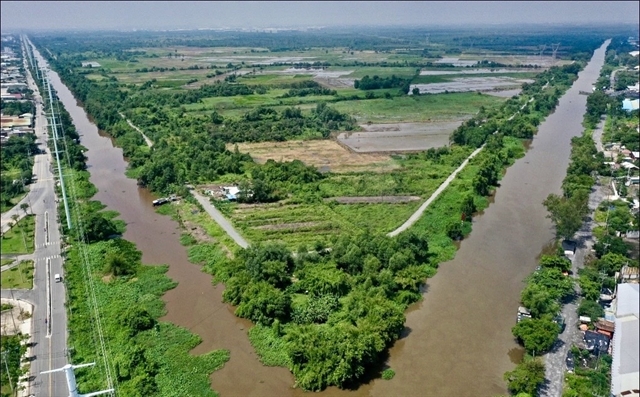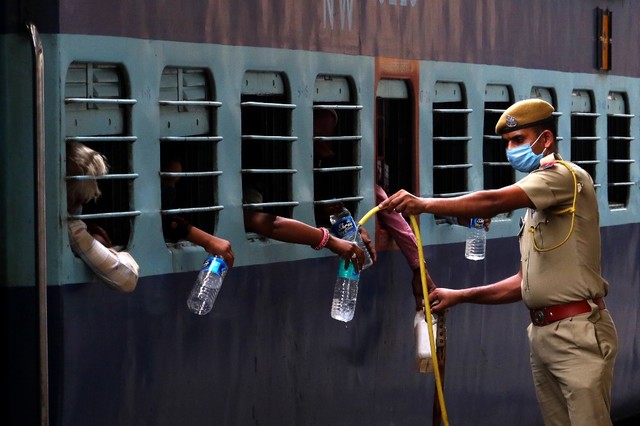 World
World


|
| A policeman fills up bottles with drinking water to migrant workers of a special train service departing for Uttar Pradesh after a government eased a nationwide lockdown as a preventive measure against the COVID-19 coronavirus, in Ajmer on Monday. — AFP/VNA Photo |
KOLKATA — India and Bangladesh began evacuating more than two million people on Monday as a cyclone barrelled towards their coasts, with officials racing to ready shelters amid fears of coronavirus contagion in cramped facilities.
Indian forecasters said Cyclone Amphan had reached winds of up to 240 kilometres per hour with gusts of 265 kph over the Bay of Bengal late Monday, ahead of the expected landfall on Wednesday.
Amphan is expected to weaken before it hits India's eastern states and Bangladesh's south and southwestern coasts, but still pack winds of up to 200 kph, said India's National Disaster Response Force chief S.N. Pradhan.
"The landfall wind speed will be 195-200 kph in residential areas. It will cause severe damage to life and property," Pradhan said at a press conference, adding that low-lying areas were also bracing for tidal waves.
The Indian Meteorological Department said in a bulletin that it could cross the coasts Wednesday evening with sustained wind speeds of up to 175 kph and gusts of 195 kph.
Such wind speeds are equivalent in strength to a Category 2 or 3 hurricane, and would make Amphan one of the biggest storms to come off the Indian Ocean in recent years.
Bangladesh officials also warned it could become the worst storm to hit the region since Cyclone Sidr in November 2007, which killed more than 3,000 people.
The cyclone would bring "heavy rain and high-velocity winds" to coastal West Bengal and Odisha states, G.K. Das of the Regional Meteorological Centre in India's eastern city of Kolkata said.
Bangladesh disaster management secretary Shah Kamal said up to two million residents from low-lying areas would be evacuated from Tuesday, he said, adding that they had capacity to shelter more than five million evacuees.
Social distancing in shelters
A record 12,078 shelters, including 7,000 schools and colleges, were being readied to avoid crowding amid fears of the virus spreading, Kamal said.
Evacuees would be required to wear masks and encouraged to wear gloves while in the shelters, he added.
In India, more than 200,000 people in low-lying areas will be moved from their homes in West Bengal by Tuesday, state minister Manturam Phakira said.
An official at Odisha's cyclone control room said shelters would be prepared for up to 1.1 million people, although the area is expected to escape the brunt of the storm and less than 10 percent of capacity would likely be used.
Pradhan said earlier on Monday that more than 1,500 disaster response personnel – 20 active and 17 standby teams – were being deployed in the two states to tackle the "double challenge" of the cyclone and the coronavirus.
Bangladesh's low-lying coast, home to 30 million people, and India's east are regularly battered by cyclones that have claimed the lives of hundreds of thousands of people in recent decades.
In 1999, Odisha was hit by a super-cyclone that left nearly 10,000 dead. In 1991, the combination of a typhoon, tornadoes and flooding kill 139,000 people in Bangladesh.
While the storms' frequency and intensity have increased – partly due to climate change – the death tolls have come down because of faster evacuations and the building of thousands of coastal shelters. — AFP




